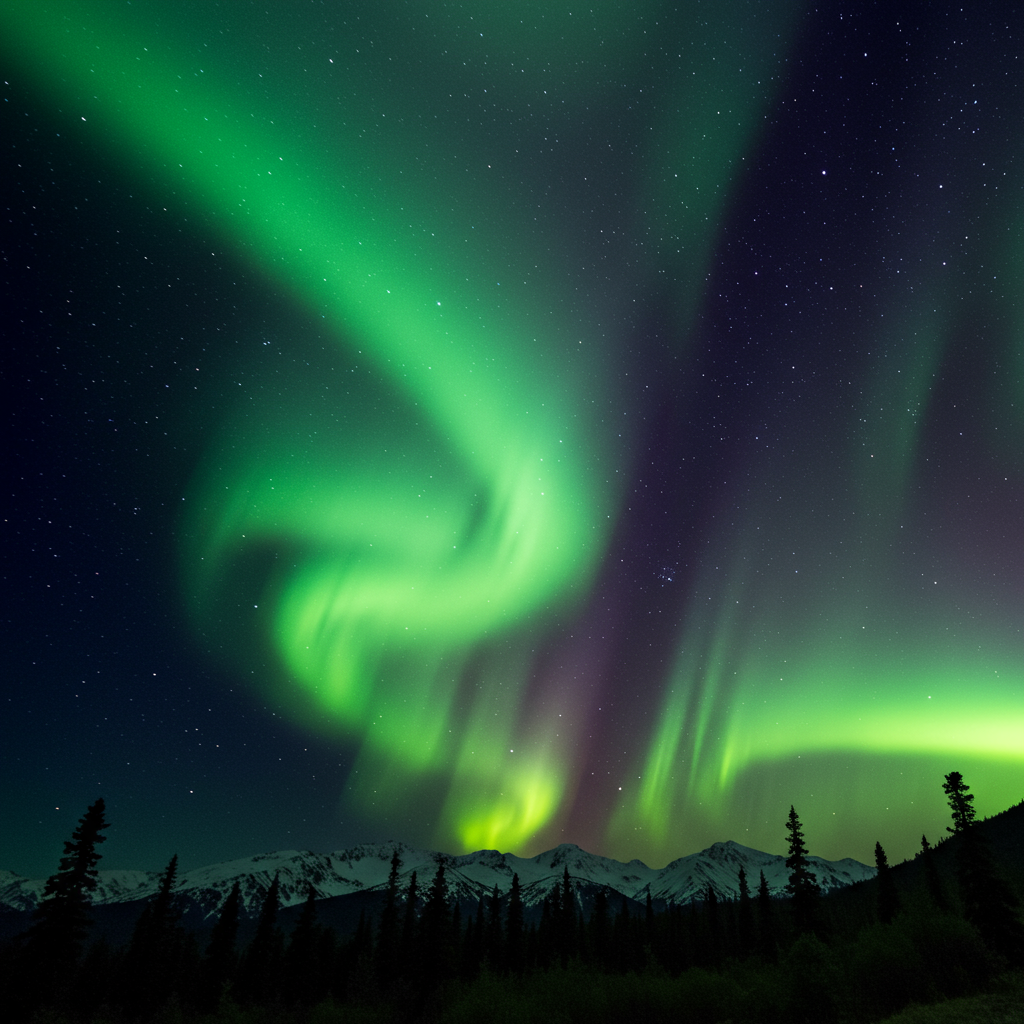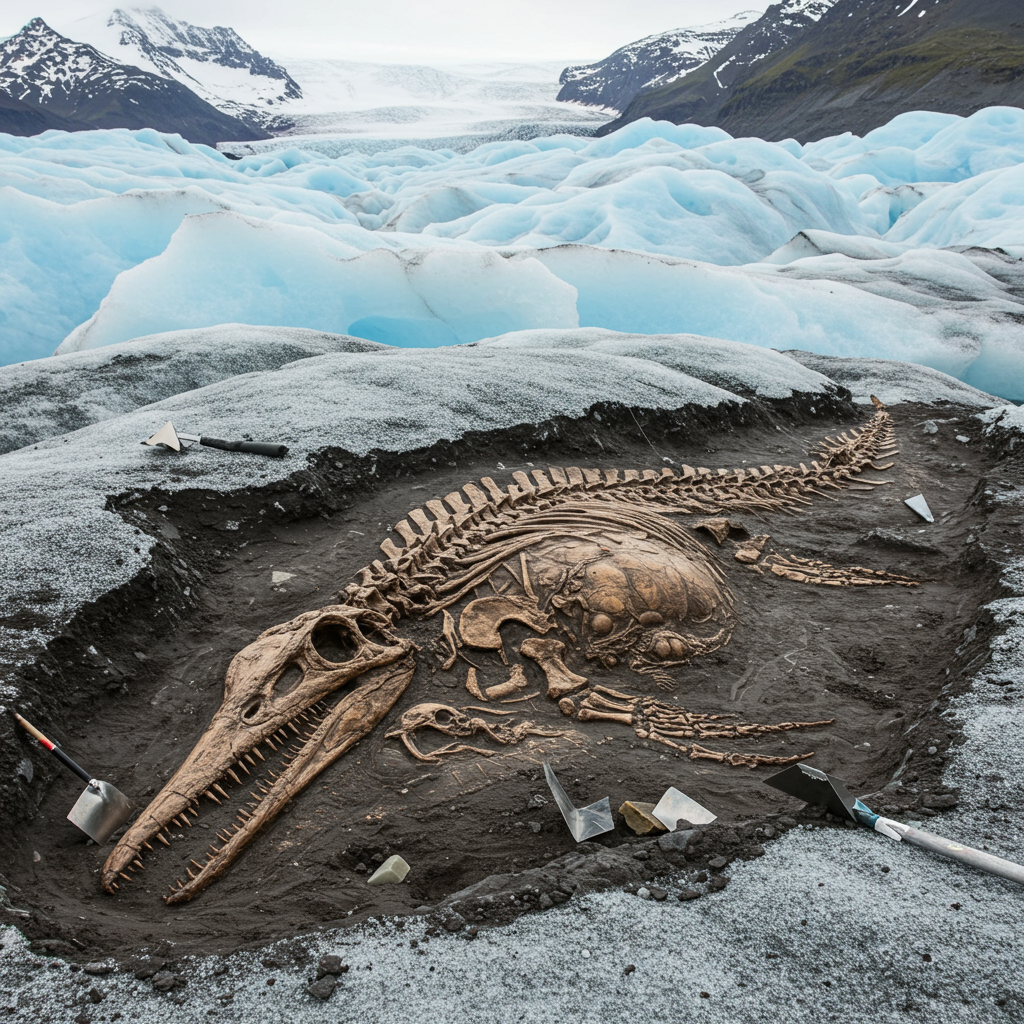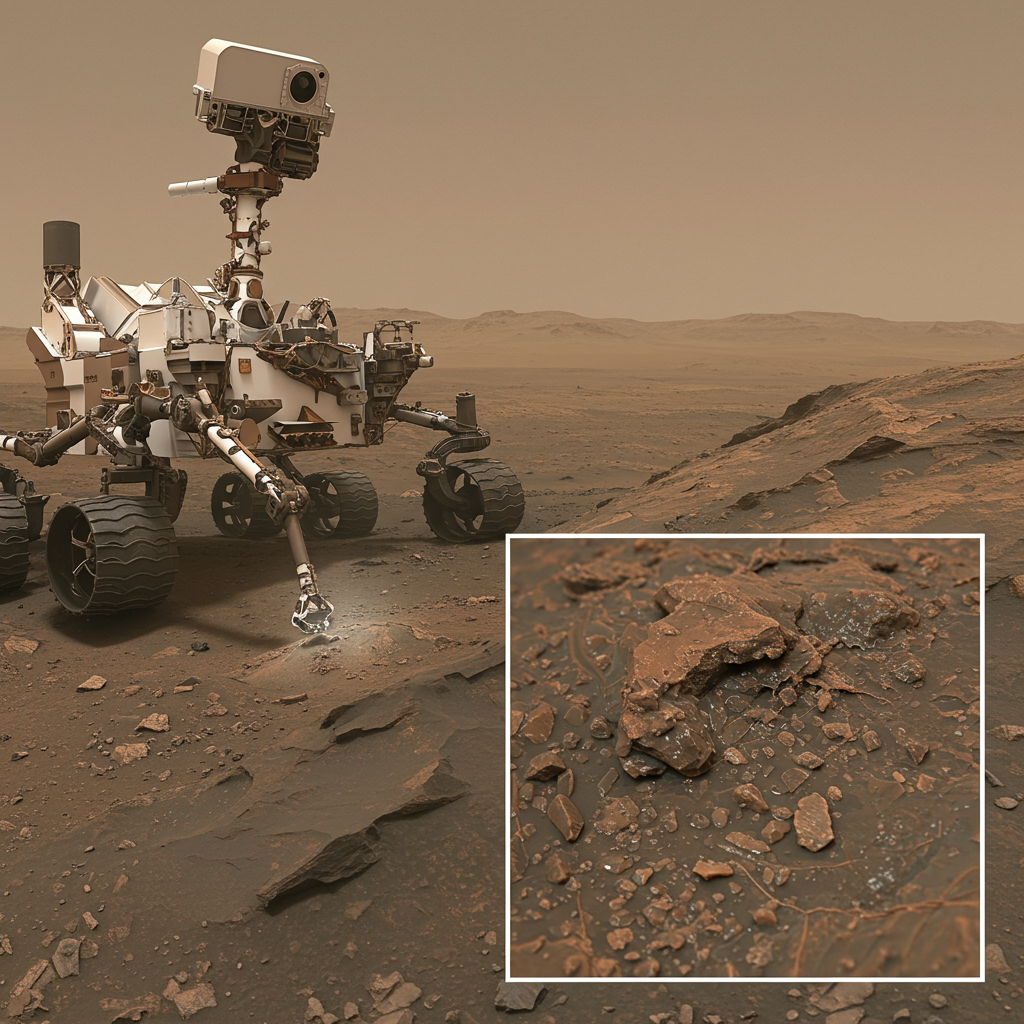The skies above parts of the United States could glow with the mesmerizing dance of the Northern Lights this week, thanks to increased activity from the Sun. Space weather forecasters have issued a Geomagnetic Storm Watch, signaling the potential for the Aurora Borealis to be visible across a wide swath of the country.
Forecasters with NOAA’s Space Weather Prediction Center (SWPC) are predicting minor (G1) to moderate (G2) geomagnetic storming. These conditions, while not extreme, are strong enough to push the ethereal light show known as the Aurora Borealis further south than its usual polar range.
Why Now? The Sun’s Influence
This potential sky spectacle is triggered by charged particles streaming from the Sun. Specifically, NOAA SWPC has been monitoring a “coronal hole” on the Sun’s surface. These dark areas, cooler and less dense than surrounding plasma, can eject high-speed streams of particles (known as Coronal Hole High-Speed Streams or CH HSS) that travel towards Earth.
When these energetic particles hit our planet’s magnetic field, they are channeled towards the poles. There, they collide with gases like nitrogen and oxygen in the upper atmosphere, causing them to emit light – creating the vibrant colors of the aurora.
Increased solar activity like this is expected as the Sun approaches the peak of its roughly 11-year cycle, known as Solar Cycle 25, anticipated in 2025. This period brings more frequent sunspots, solar flares, and coronal mass ejections (CMEs), leading to more opportunities for aurora displays.
Where Might You See Them?
Based on the G1/G2 forecast, the Northern Lights may be visible across the northern tier of the U.S. and the Upper Midwest. This potential viewing area extends remarkably far south, potentially reaching a line stretching from New York state in the Northeast, across to Wisconsin in the Midwest, and out to Washington state in the Northwest.
Other northern states where viewing might be possible include Pennsylvania, New Hampshire, Vermont, Maine, North Dakota, Montana, Minnesota, Oregon, Idaho, Wyoming, Iowa, Nebraska, Michigan, and Illinois. While the brightest displays are typically closer to the Canadian border, even states along the southern edge of this forecast range could catch a glimpse, especially if the storm hits the upper end of the predicted strength.
Potential Impacts (Minor)
While the primary effect is a beautiful sky show, geomagnetic storms, even at G1/G2 levels, can sometimes have minor technical impacts. These could include:
Fluctuations in power grids, particularly high-latitude systems.
Minor irregularities in satellite orientation or increased drag on low-Earth orbit satellites.
- Potential issues with low-frequency radio navigation and GPS accuracy.
- Find Darkness: Get as far away from city lights and other artificial light pollution as possible. Local parks outside urban areas can be good spots.
- Look North: The aurora typically appears towards the northern horizon in the U.S.
- Check the Forecast: Consult resources like NOAA’s Space Weather Prediction Center website for the latest activity forecasts. Apps like Aurorasaurus can also send alerts.
- Timing is Key: The best viewing times are usually the hours just before and after midnight when the sky is darkest.
- Use Your Phone/Camera: Even if the aurora is faint to the naked eye, your smartphone or camera might capture it better. Try using night mode or a long-exposure setting pointed towards the northern sky.
- Allow Eyes to Adjust: Give your eyes time to adapt to the darkness by avoiding bright lights, including your phone screen.
- www.foxweather.com
- www.newsweek.com
- www.northjersey.com
- abcnews.go.com
- www.foxweather.com
Forecasters continue to monitor the Sun’s activity to provide updated outlooks.
How to Maximize Your Chances
If you’re within the potential viewing area, here are tips to improve your odds of seeing the Aurora Borealis:
Keep an eye on the sky and hope for clear conditions to witness this incredible display of nature’s power and beauty.




